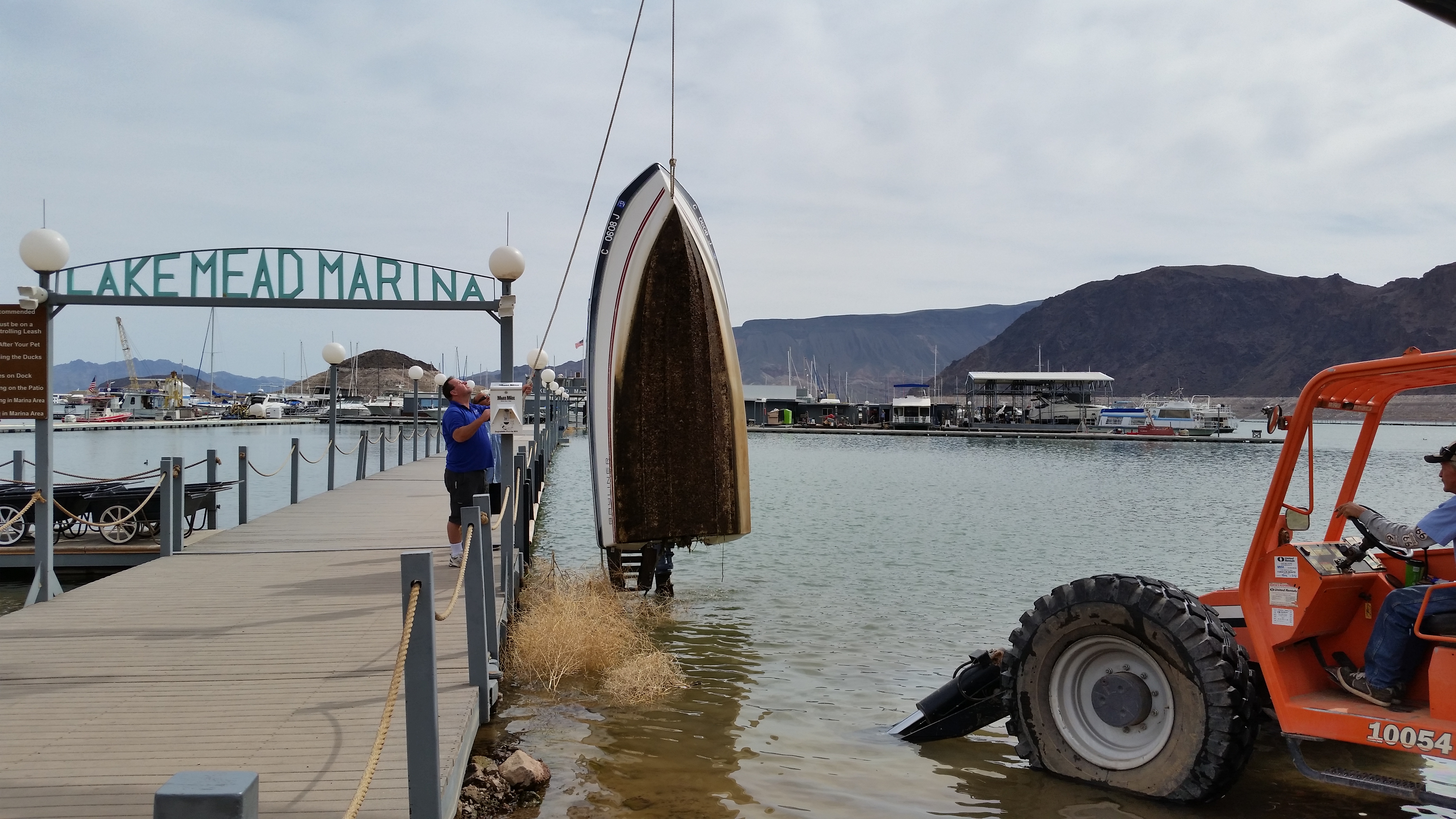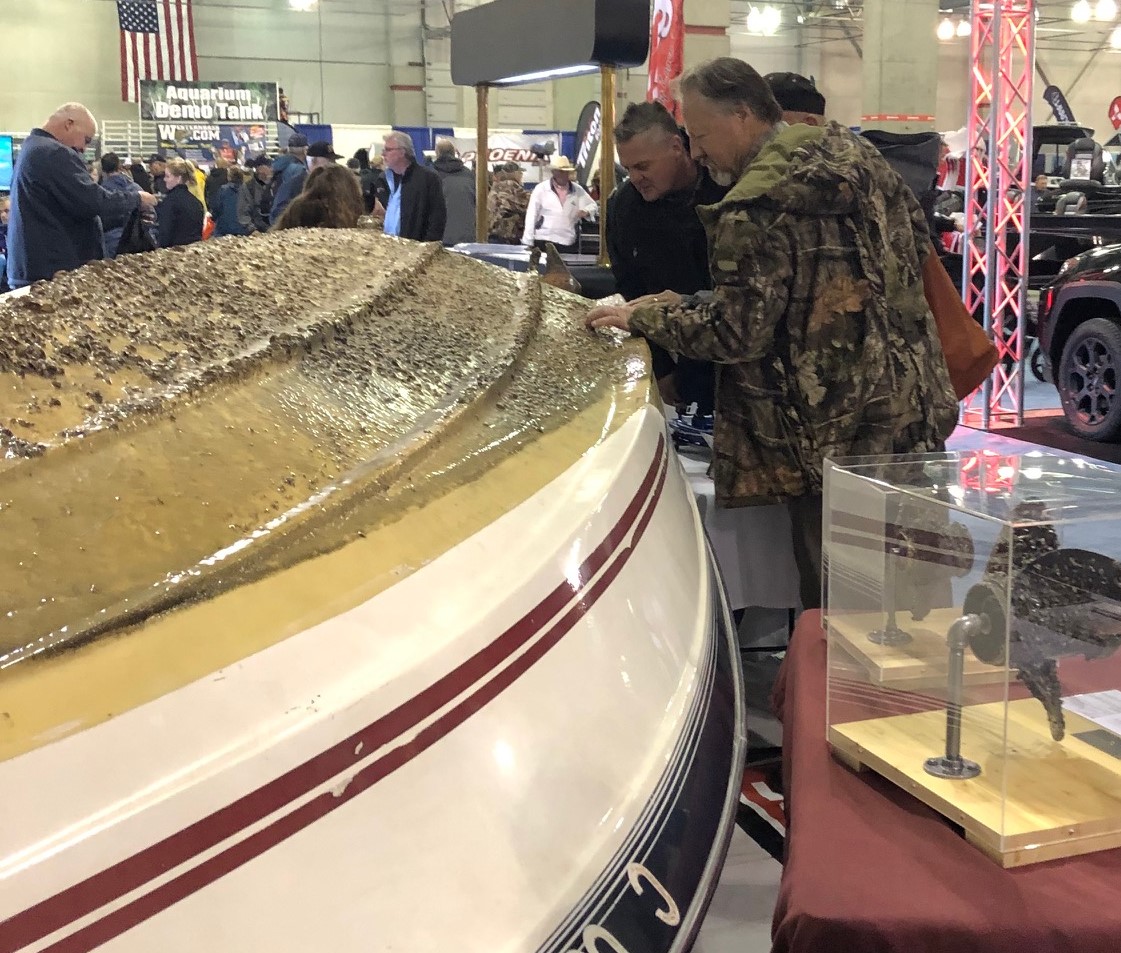

Small Grant Program
Updated 06/04/2024
The Westside Regional Water Management Coordinating Committee has developed a small grant program to help accomplish the vision of the Westside IRWMP. The small grant program will disperse funds as available to projects or programs that meet the goals and objectives of the IRWMP. No more than 25% of unobligated Westside IRWMP funds will be expended per fiscal year towards this program. There is no match requirement for this program; however, points will be awarded to projects or programs that demonstrate a local match.

Westside Brownfields Coalition Assessment Project
The Westside Sacramento Integrated Regional Water Management Plan Coordinating Committee completed a Brownfields Coalition Assessment Project that engaged communities in the Cache Creek and Putah Creek watersheds about abandoned mercury mine sites and other contaminated sites. Brownfields are lands contaminated by former industrial operations that pose significant public health risks to our community and environmental threats to our ecosystems—yet have no identified responsible party to clean them up.
Disadvantaged Community Involvement (DACI) Program for the Sacramento River Funding Area
The State Department of Water Resources designated $3.7 million of DACI grant funding to increase the involvement of Disadvantaged Communities (DACs) in IRWM activities and projects. That funding was distributed throughout California and to the Sacramento River Funding Area (SRFA) which is comprised of six IRWM regions (see map).
The DACI Program for the SRFA seeks to coordinate outreach with DACs and Tribes, identify their water-related needs, provide technical support and training to address those needs, and to assist with project development and leverage funding for those projects. In 2023, the program is in its final year and continues to provide expertise and support in solving water challenges throughout the SRFA. For more information, visit the SRFA DACIP website.
In the final year of the grant (June 2022 – July 2023), it was decided to conduct SRFA-wide outreach to identify communities/ water systems to participate in the creation of a Capital Improvement Plan/CIP. Outreach was conducted across the region, with three entities coming forward from the Westside IRWM to participate: Grimes (Colusa County), El Rio Villa (Yolo County), and the City of Lakeport (Lake County). The initial intent was to prepare a standard Capital Improvement Plan (CIP) for each jurisdiction. However, after considerable initial outreach and coordination, it became clear that each jurisdiction has different needs and priorities, as well as markedly different circumstances. The process for each jurisdiction follows:
Grimes: This community has roughly 100 hook-ups, a volunteer Board and no employees. It is in the process of
addressing its arsenic contamination via a grant from the State Water Resources Control Board that will completely replace its water treatment facilities. In the meantime, the community needs to manage its existing system, as well as raise its rates to build capital reserves and support system maintenance and repairs between 2023 and the installation of the arsenic treatment facilities in or after 2025. The CIP, therefore, focused on this near-term situation and needs. The work is nearly complete, however the team is also supporting RCAC in developing a rate raise/218 process, as well as miscellaneous management systems and support. The work effort will continue until December, 2023.
Lakeport: The City of Lakeport has a strong staff and approached the CIP process from two perspectives – confirming its water/wastewater infrastructure needs and supporting a city-wide bond initiative to ensure full funding. In this case, the CIP confirmed the exist-ing system needs and condition and then generated a “funding memo” to identify funding sources beyond the City-initiated bond. The final Funding Opportunities Summary was completed in October 2022.
El Rio Villa: The El Rio Villa community is managed by the Yolo County Housing Authority. Because of the Management/Administrative structure of the organi-zation, the work effort took an alternative strategy for CIP preparation: focusing on the asset inventory and condition assessment as a tool to help prioritize future infrastructure improvements for the community. The funding for these future improvements is within a much more extensive, multi-community planning process. The CIP process provided an up-to-date assessment of community needs, a vital component of any future funding strategy within the Housing Authority. The final report will be completed by July 2023.



Quagga Mussel Prevention Boat Display
Funding: $24,500
Year Funded: 2016
Lead Agency: Lake County Watershed Protection District
In 2015, Lake County Watershed Protection District sent a decommissioned boat to be moored in Lake Mead to purposefully become colonized by quagga mussels. The boat was then retrieved, flipped over onto a trailer jack, cleaned, dried, and sealed in layers of epoxy to preserve the encrustation of quagga mussels to serve as a visual aid to educate the public of the potential perils of invasive mussels. An enclosed trailer was purchased to transport and house the new ‘mussel boat’ along with a canopy and display materials. California currently has 33 infested water bodies and is among the top four states in the U.S for number of boat registrations. To date, this educational prop has caught the attention of thousands of people. The mussel boat is permitted by CDFW for named Westside IRWM partners (Lake County and Solano County) to share and continue to showcase at various events such as County fairs, fishing tournaments, festivals, and sportsman shows.
Implementation of the Cache Creek Resources Management Plan
Funding: $9,500
Year Funded: 2016
Lead Agency: Cache Creek Conservancy
The Cache Creek Conservancy (Conservancy) performed a GPS field survey of the non-native invasive species growing along Cache Creek and habitat restoration opportunities that exist within the Cache Creek Resources Management Plan (CCRMP) boundary. A summary report was developed along with maps that display GPS data collected. The CCRMP is approximately 14 miles long, extending from the west at Capay Dam to Huff’s Cornernear I-5 to the east. This information supports the new management plan to target site-specific restoration activities and opportunities in the CCRMP. The new plan also helps to determine site-specific maintenance techniques to ensure the sustainability of any restoration work. The restoration aims to eliminate invasive plant species infestations, restore native plant communities, increase wildlife habitat, improve flood conveyance, increase groundwater recharge, and maintain the creek’s ability to offer recreational opportunities. This project supports IRWM Plan Goal 3:Restore native vegetation and form and function along riparian corridors, canals, and other aquatic sites, Goal 4: Improve the form and function of degraded natural channels, and Goals 6-9.
Stay up to date on meetings & events with our Westside eNews.
© 2024 Westside Sac IRWM
Website design by Pat Davis Design Group, Inc.
